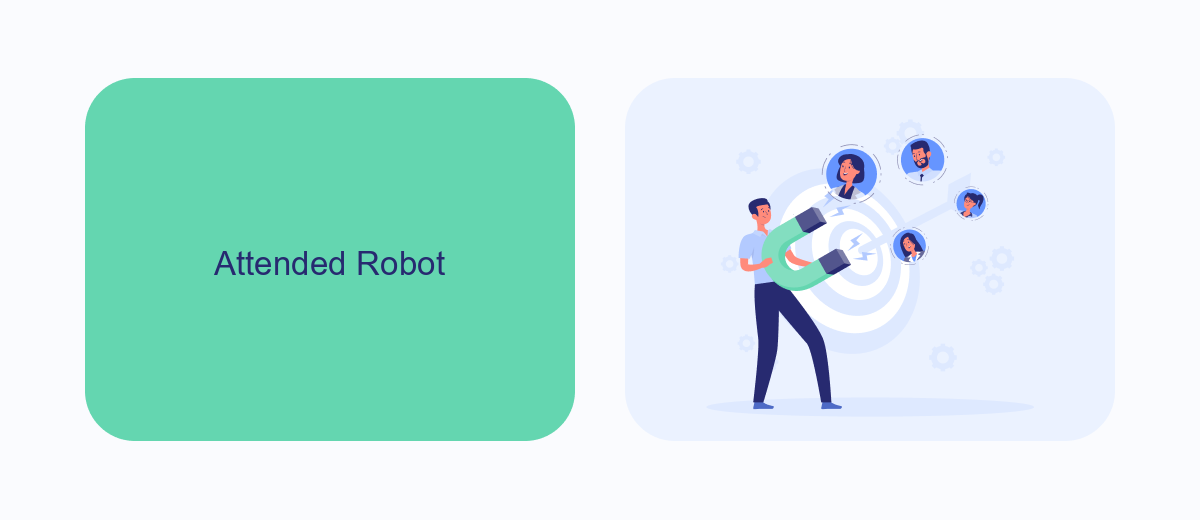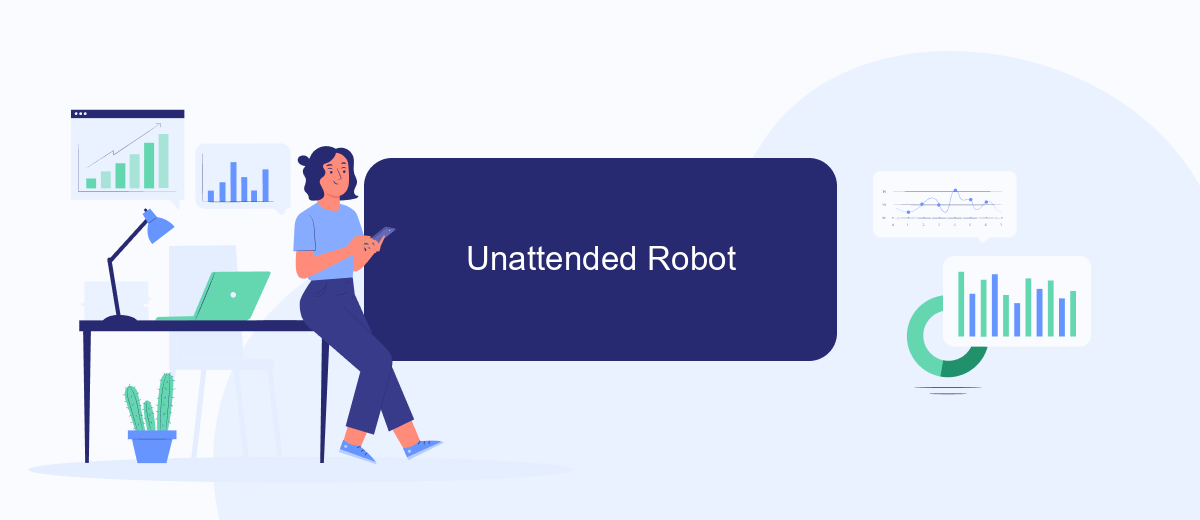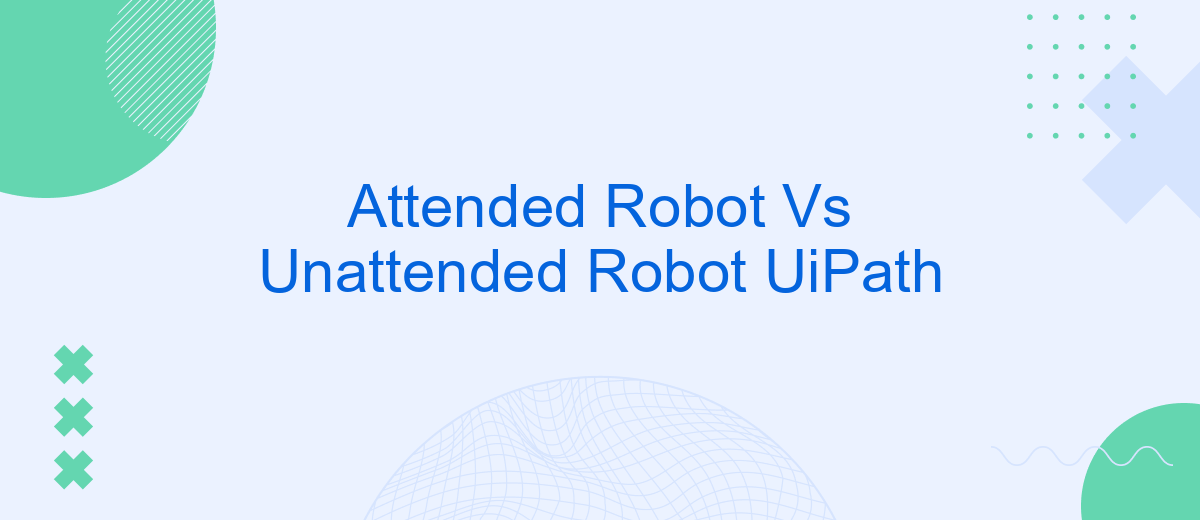In the realm of robotic process automation (RPA), UiPath offers two distinct types of robots: attended and unattended. Attended robots work alongside human employees to assist with tasks, while unattended robots operate independently, executing processes without human intervention. Understanding the differences between these robot types is crucial for organizations aiming to optimize their workflows and enhance productivity.
Introduction
In the realm of robotic process automation (RPA), UiPath offers two distinct types of robots: attended and unattended. These robots are designed to streamline business processes, enhance productivity, and minimize human error. Understanding the differences between attended and unattended robots is crucial for organizations aiming to optimize their workflows and achieve their automation goals.
- Attended Robots: Operate alongside human workers, assisting with tasks that require real-time interaction.
- Unattended Robots: Function independently, executing tasks without human intervention, often scheduled or triggered by specific events.
Choosing between attended and unattended robots depends on the specific needs and processes of an organization. For instance, SaveMyLeads can be integrated with UiPath to automate lead data processing, ensuring seamless and efficient data management. By leveraging the right type of robot, businesses can significantly enhance their operational efficiency and drive better results.
Attended Robot

Attended Robots in UiPath are designed to work alongside human employees, automating repetitive tasks while allowing users to maintain control over more complex activities. These robots are typically triggered by user actions and run on the same workstation as the employee, providing real-time assistance and enhancing productivity. They are particularly useful in scenarios where human judgment is essential, such as customer service, data entry, and support functions.
One of the significant advantages of Attended Robots is their ability to seamlessly integrate with various software and platforms. Tools like SaveMyLeads can be instrumental in setting up these integrations, allowing businesses to automate lead generation, data synchronization, and other critical processes without extensive coding. By leveraging such services, companies can ensure that their Attended Robots are effectively aligned with their existing workflows, thereby maximizing efficiency and minimizing errors.
Unattended Robot

Unattended Robots in UiPath operate without human intervention, executing tasks autonomously. They are ideal for back-office operations where processes can run 24/7, increasing efficiency and reducing operational costs.
- Scheduling: Unattended Robots can be scheduled to perform tasks at specific times, ensuring timely completion of repetitive processes.
- Monitoring: These robots can be monitored remotely, providing real-time insights into their performance and status.
- Integration: Tools like SaveMyLeads can be used to integrate various applications, ensuring seamless data flow and enhancing the robot's functionality.
By leveraging Unattended Robots, businesses can achieve higher productivity and accuracy in their workflows. They are particularly useful for tasks such as data extraction, report generation, and system maintenance, allowing human employees to focus on more strategic activities.
Use Cases

Attended and unattended robots in UiPath offer distinct advantages tailored to different business needs. Attended robots are designed to work alongside human employees, assisting them in real-time with tasks that require human intervention. This makes them ideal for customer service operations, where quick and accurate responses are crucial.
On the other hand, unattended robots are perfect for automating repetitive, high-volume tasks without human oversight. These robots can work 24/7, making them suitable for back-office operations such as data entry, report generation, and batch processing. They can be scheduled to run during off-peak hours, maximizing efficiency and reducing operational costs.
- Attended Robots: Customer service, helpdesk support, real-time data validation.
- Unattended Robots: Data entry, report generation, batch processing, system monitoring.
Integrating these robots with other systems can further enhance their capabilities. Services like SaveMyLeads can streamline the integration process, allowing businesses to connect UiPath robots with various applications effortlessly. This ensures seamless data flow and improved operational efficiency, making it easier to achieve business goals.
Comparison
Attended robots and unattended robots in UiPath serve distinct purposes and offer unique advantages depending on the use case. Attended robots are designed to work alongside humans, assisting them in real-time with tasks that require human intervention. These robots are ideal for customer service operations, where immediate responses are necessary, and they enhance productivity by automating repetitive tasks while allowing the human operator to focus on more complex issues. On the other hand, unattended robots operate independently without human intervention, making them perfect for back-office processes such as data entry, processing transactions, and generating reports, where tasks can be executed autonomously and around the clock.
One significant difference between attended and unattended robots is the way they are triggered. Attended robots are typically initiated by the user, while unattended robots can be scheduled or triggered by specific events. Integrating these robots into existing workflows can be streamlined using services like SaveMyLeads, which facilitates seamless integration between various applications and UiPath robots. This ensures that data flows smoothly and processes are automated efficiently, reducing manual effort and minimizing errors. Whether an organization requires real-time assistance or autonomous processing, understanding the capabilities and proper use cases of attended and unattended robots is essential for optimizing operations.
FAQ
What is the primary difference between an attended robot and an unattended robot in UiPath?
Can unattended robots work around the clock?
Do attended robots need to be installed on individual user machines?
How do you monitor and manage unattended robots?
What are some common use cases for attended robots?
SaveMyLeads is a simple and effective service that will help you automate routine tasks and optimize business processes. Stop wasting time uploading leads from Facebook manually – you can do it automatically, saving a lot of time and money. Eliminate routine from workflows and achieve more with minimal investment of money, effort and human resources.
